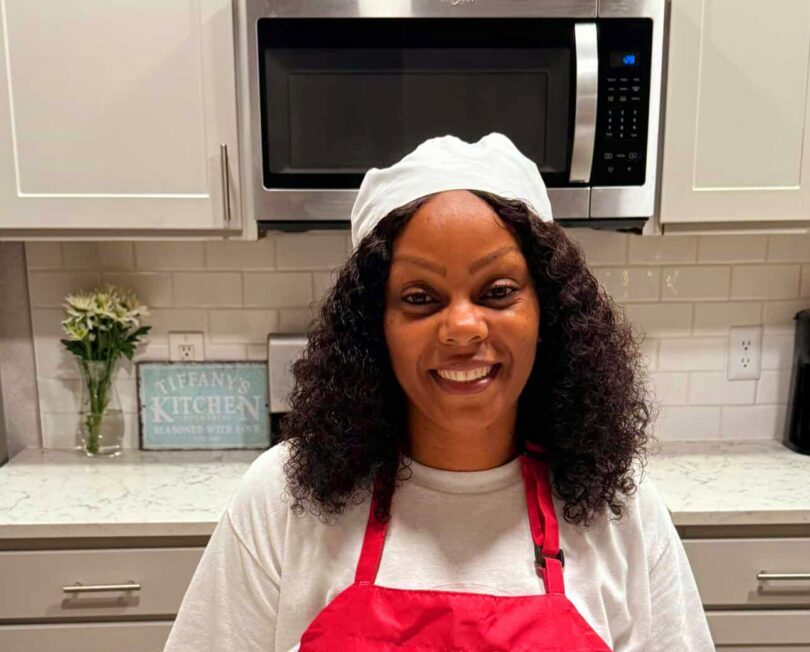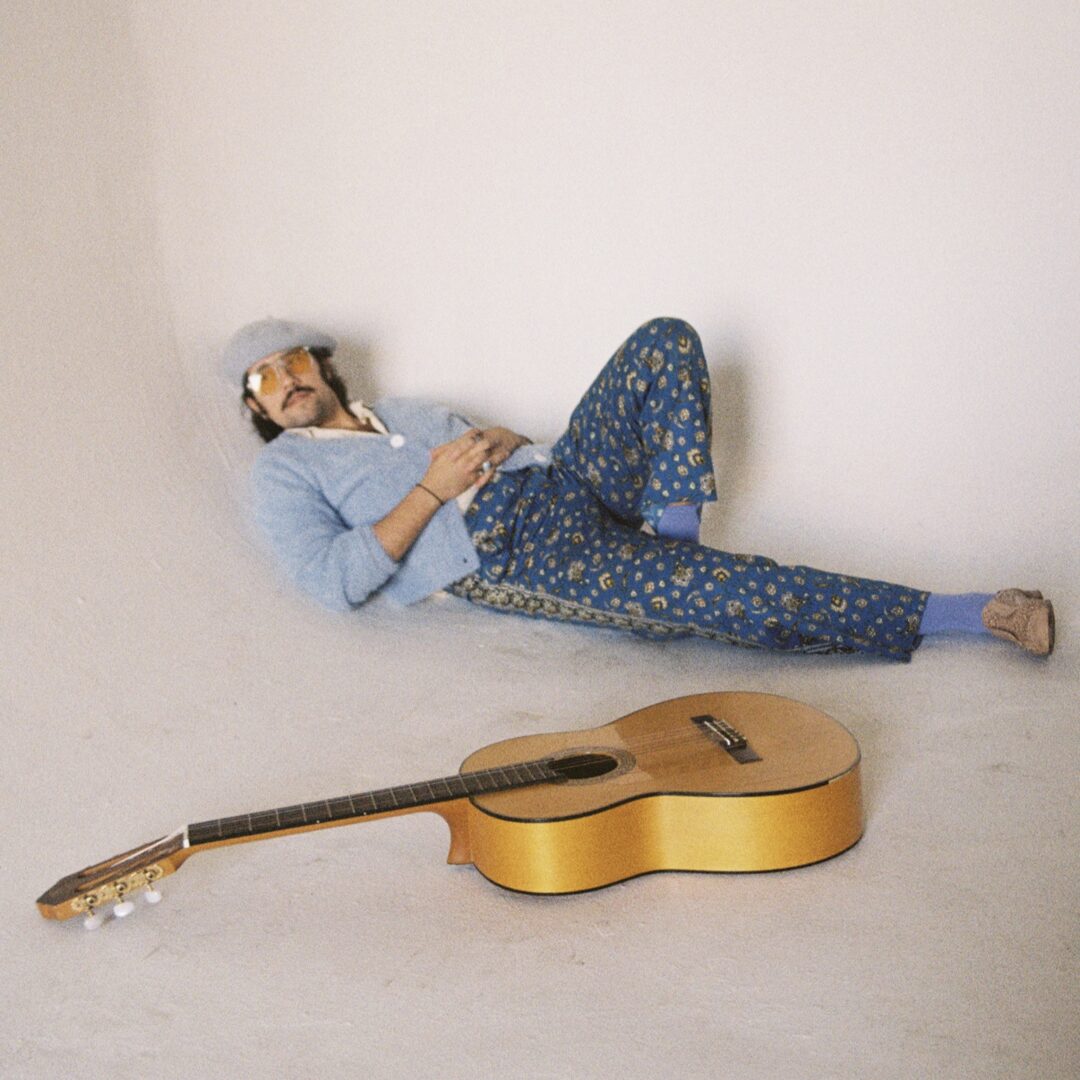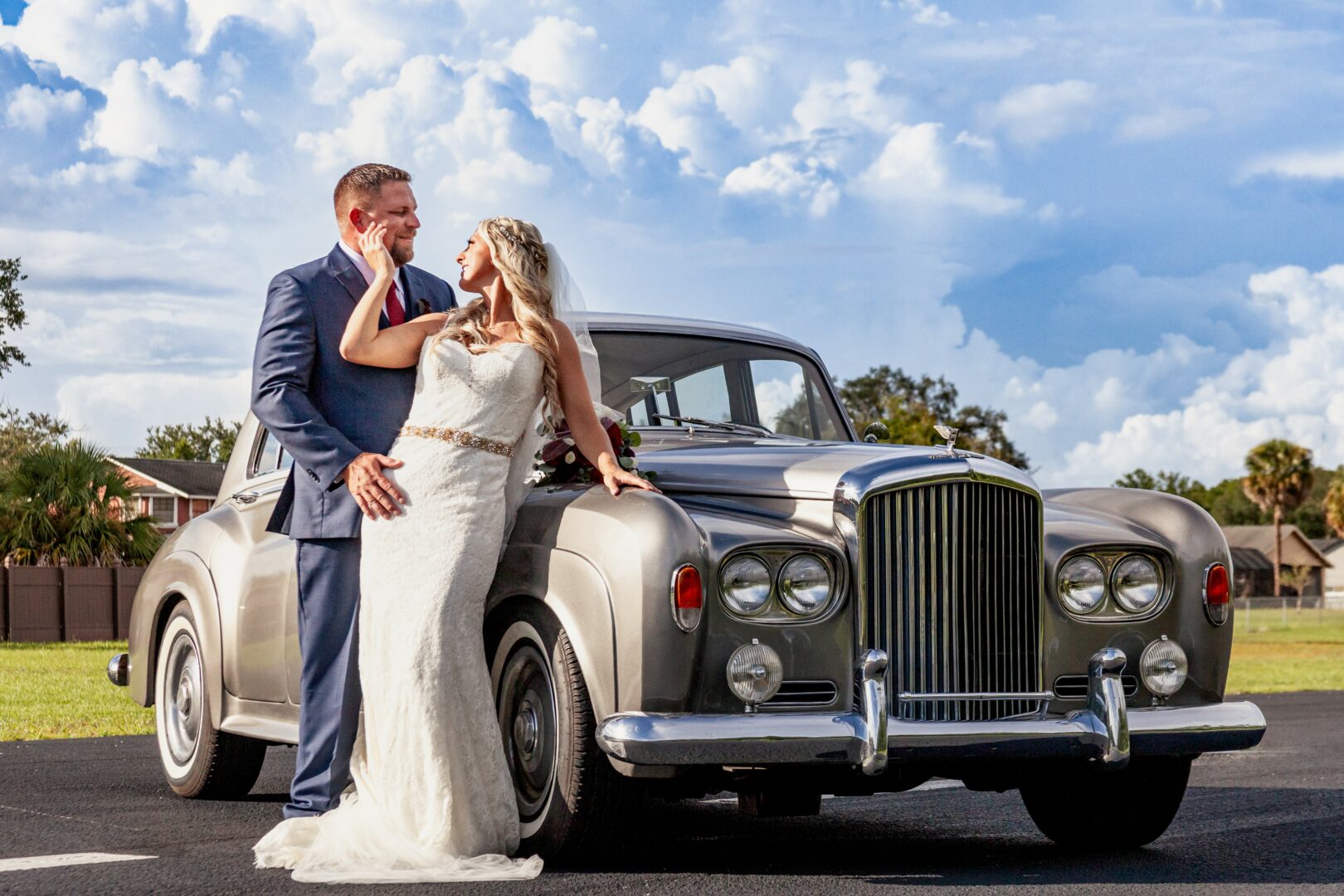We recently connected with Ruoxi Hua and have shared our conversation below.
Alright, so we’re so thrilled to have Ruoxi with us today – welcome and maybe we can jump right into it with a question about one of your qualities that we most admire. How did you develop your work ethic? Where do you think you get it from?
In my childhood, my parents bought me model kits for me. Sometimes, I had difficulties putting certain parts together and I would go to my father. My father is an electric engineer, and he makes sure everything is done the right way. I remember he taught me to file the plastic parts so that they fit better together. Later, when I went to elementary school and sometimes my father helped me with my math homework, he told me to make sure each step was correct before moving on to the next.
You can definitely say I have got my perseverance and perfectionism from my father. As a kid, I was not patient enough to sit through time-consuming tasks, such as intricate drawing, multi-step calculations, reading, and so on. But I grew up watching my father being patient and careful from fixing our electric appliances , to helping me with my science projects, to even clipping his nails. “You can choose not to do anything. But if you decide to do something, then do it with maximum effort and care.”
Another person who influenced my work ethic is my painting professor in college, John Lee. As a detail-oriented painter, sometimes I become very obsessed and stuck with one part, sometimes I am too timid to make the next move. Throughout my painting classes, my professor encouraged me to be bold in painting and not to linger too much on little things and focus on bigger things. If something does work out, then move on. “If you are not frustrated, you are not doing it right.” His words still encouraged me to keep challenging myself in my studio practice and build my resilience when problems arise.

Thanks for sharing that. So, before we get any further into our conversation, can you tell our readers a bit about yourself and what you’re working on?
I am a New York-based figurative painter. My works involve narratives, depicting figures situated in some interior space, usually human-made but inhuman environments. I am interested in space and composition, especially in the interaction of the organic shapes of figures with the architectural structures of their surroundings, as well as with the edge of the pictorial space.
The juxtaposition of individual humans and cold industrial structures imparts a sense of claustrophobia, alienation, repression, or even depression that one suffers living in the postmodern world. Figures in my works find themselves in spaces (such as public bathrooms and elevators) where the private confronts the public, where the isolated room provides moments of solitude and security to them, only for them to realize that their privacy is uncomfortably shared by others. In contrast to the alienated individuals as my subjects, the narrative structures of my works often allude to Western mythology and literature, thus producing a comical effect via the contradiction between the tradition of meta-narrative and the postmodern void of collective meaning.

There is so much advice out there about all the different skills and qualities folks need to develop in order to succeed in today’s highly competitive environment and often it can feel overwhelming. So, if we had to break it down to just the three that matter most, which three skills or qualities would you focus on?
The first and most important quality to me is persistence. The most important thing for a painter is, naturally, to keep painting, and I think it really applies to any form of art. I often hear other painters say that only one out of a hundred paintings you do is good. So a painter needs to be persistent enough to go through that 99 bad paintings until he reaches the good one. To me perseverance means that I need to be in my studio and put in some work everyday no matter how I feel that day. For some of the days, I might feel happy, calm, and peaceful, and whatever I put down on the canvas just works itself out magically; for other days, which are most days, I might be so frustrated, anxious, or distracted that I want to toss my work out of the window the moment I see it. To me, being persistent means acknowledging that most of the times I will not be at my best, but it is still very important to keep working and push my works forward. Like my painting teacher from college used to say, “If you are not frustrated, you are not doing it right.”
The second quality or skill is tolerance for uncertainty and failure, which I am still working on. A genuinely creative process always comes with a great amount of uncertainty. To me, uncertainty can be very terrifying, and I believe I am not the only one. Over the last year especially, I am trying to be more comfortable with openness and more welcome to moments of accidents. Improvisation and creative destruction is very important, otherwise I could suffocate my own works.
The third important skill, or habit, is to constantly be in a dialogue with great paintings throughout history (and by history, I also mean the contemporary era). No matter where I set up my studio, I always have a collection of art books with me. I will do studies of works I like in my sketchbook and note down for myself which parts of the work are successful. I will do the same if I go to an art show that I am deeply interested in. To merely “look at” these works are not enough, I have to truly “see” them by sketching down my understanding of them (rather than just copying them down). When I am not drawing or painting, I would be on social media, where I follow a number of artists and art accounts. If I see an image I like, I would zoom in and ask myself what is working, and whether I can apply it to my work; if I run into a work that I don’t like, I would also think about what are the qualities that are not successful. By exposing myself to greater works, I am not only learning how to discern good works from bad ones, but also allowing the good works to “soak into” my mind and give me a better sensibility.

As we end our chat, is there a book you can leave people with that’s been meaningful to you and your development?
The book that offers me a lot of inspiration is Testaments Betrayed by Milan Kundera, which is a collection of nine essays. I read it in high school, which was a long time from now, but it shaped my basic understanding and believes of art. In his essays, Kundera talks about the idea of embedding one’s works (novel, poetry, painting, music) in a history of art. “There cannot be ‘absolutely modern.’ One cannot be a modernist without understanding the tradition.”
The essays refer to a lot of novels that have deeply influenced Kundera himself. I noted down these novels as I read, and managed to finish most of them within the next three years. Understanding how these works influenced Kundera’s novels had a subconscious influence on me. Not only do I learn from great paintings in art history, but I also make references to art history itself.
Another nugget of wisdom from Testaments Betrayed, which I remember til this day, is the “three aesthetic illnesses,” proposed by Kundera, which are the unwillingness to think deeply, the lack of sense of humor, and kitsch. I did not fully understand what Kundera means when I read it in high school. But I have keep them in my mind as my principles during my creative process.
Contact Info:
- Website: https://www.ruoxihuastudio.com
- Instagram: bullockbefriendingbard
- Linkedin: Ruoxi Hua



so if you or someone you know deserves recognition please let us know here.




